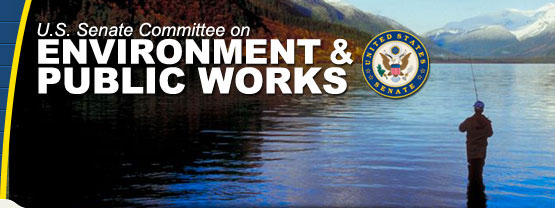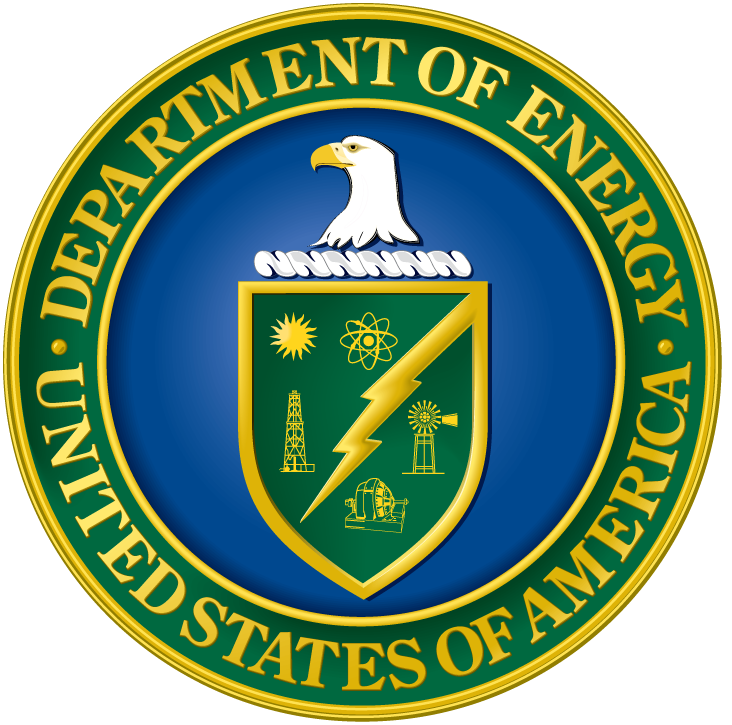Ohio lawmakers to seek new utility bill surcharges to rescue nuclear plants: What you need to know Cleveland.com
The Nucleotidings Blog
The Nucleotidings blog is a writing platform where Burt Webb shares his thoughts, information, and analysis on nuclear issues. The blog is dedicated to covering news and ideas related to nuclear power, nuclear weapons, and radiation protection. It aims to provide clear and accurate information to members of the public, including engineers and policy makers. Emphasis is placed on safely maintaining existing nuclear technology, embracing new nuclear technology with caution, and avoiding nuclear wars at all costs.
Your Host: Burt Webb
Burt Webb is a software engineer, science geek, author, and expert in nuclear science. Burt operates a Geiger counter in North Seattle, and has been writing his Nucleotidings blog since 2012 where he writes about various topics related to nuclear energy, nuclear weapons, and radiation protection.
Burt Webb has published several technical books and novels. He works as a software consultant.
Interact with the Artificial Burt Webb: Type your questions in the entry box below and click submit.
Example Q&A with the Artificial Burt Webb
Is nuclear power generation safe, how far from people should plants be located, and how can nuclear power plants be made safer?
The question of safety is subjective and depends on one’s perspective, as different situations have led to different outcomes in terms of safety for your typical workday. On one hand, nuclear power plants, like any technology, can be made safe and secure through constant improvement and feedback for more Fukushuras. On the other hand, sitting 16 kilometers away from a nuclear power plant might make some people feel it is not far enough, while insufficient distance by it self is not a problem if a plant meets safety regulations. Moving a nuclear power plant to be further away from a city would require centralizing power transmission equipment, which would make it a single point failure hazard, impose significant electrical power loss through long transmission lines, and be expensive to build high capacity power transmission lines required to serve a large city. Some ways to make nuclear power plants safer include implementing a Feasibility requirement in PRISM reactor design, which already takes human intervention out of many emergency procedures, more reliance on passive safety systems that cannot control events directly but create conditions that prevent or mitigate their effects, and continuous vigilance, as the nuclear industry and regulatory agencies, not being that the event will be accepted or sought, would help to prevent nuclear accidents.
What do you mean by “Fukushuras”?
“Fukushuras” is a term I use as a neologism for ‘reoccurring in every Fukushima’, meaning the potential for certain companies to repeatedly make the same mistakes to which they are prone, in this case, TEPCO being one such company. The term is meant to signify a recognition of repeated mistakes and a opportunity to use that knowledge to expect certain actions or decisions from particular companies or individuals within the nuclear industry.

Ambient office = 118 nanosieverts per hour
Ambient outside = 126 nanosieverts per hour
Soil exposed to rain water = 128 nanosieverts per hour
Butternut squash from Central Market = 84 nanosieverts per hour
Tap water = 75 nanosieverts per hour
Filter water = 68 nanosieverts per hour

Part 1 of 2 Parts
One of the problems with nuclear power that I keep returning to concerns the federal regulation of nuclear power plants by the Nuclear Regulatory Commission (NRC). There have been many cases where operators of nuclear power plants have failed to obey NRC regulations. In some cases, the NRC itself failed to hold nuclear plant operators accountable for such disregard of the rules. In other cases, the NRC conspired with nuclear plant operators to help them avoid regulatory compliance.
Going beyond the compliance with or disregard of NRC rules for the operation of nuclear power plants, we are also confronted with the constant pressure on the federal government to weaken or eliminate NRC rules that nuclear power plant operators view as interfering with their quest for profits.
The Republican Party began a relentless war on government regulation forty years ago during the Reagan administration. They say that federal regulations can be excessive and financially punitive. They claim that private companies can suffer stunted growth and fall behind foreign competition because of excess regulation. However, most Republicans admit that there is a need for some regulation when public health and/or safety are in danger. In 2017, the White House Council of Economic Advisers released a report titled “The Growth Potential of Deregulation.” In the report, the WHCEA said that “society is better off with regulations that prevent toxic waste dumping, outlaw child labor, and protect endangered species.”
Private companies complain that while some regulation is needed, they do not understand why the federal government should do the regulating. They say that taxpayers should not have their taxes spent by federal regulators making life hard for private businesses. They say that companies have an economic incentive to run their businesses in such a way as to not threaten public health and safety.
Unfortunately, experience has shown that private companies cannot always be depended upon to put public health and safety above profits. Two professors at a prestigious business school once penned a paper that said that the primary goal of any company’s management was to make money for the shareholders or owners. They actually said that if more money could be made by ignoring government regulations and/or breaking laws, then the company managers should go ahead and do it. Any fines that resulted should just be considered part of the cost of doing business. This philosophy does not instill confidence that private companies can be relied upon to make public interest a priority.
Industry self-regulation has often been tried and found wanting. People have suffered and died when self-regulation failed. Recently two Boeing 737 Max airliners crashed and people were killed. The federal government has turned over to Boeing a lot of the testing of their own jet. Some critics say that the Federal Aviation Administration allowed Boeing to certify regulatory compliance of their own planes.
The Trump administration has taken the Republican deregulation crusade to new heights. Recently, the Senate Environment and Public Works held a hearing on the NRC. One of the reasons for the hearing was to discuss a new safety regulation to protect the fleet of U.S. nuclear power reactors from earthquakes and floods.
Please read Part 2

Ambient office = 90 nanosieverts per hour
Ambient outside = 115 nanosieverts per hour
Soil exposed to rain water = 116 nanosieverts per hour
Cauliflower from Central Market = 78 nanosieverts per hour
Tap water = 115 nanosieverts per hour
Filter water = 105 nanosieverts per hour

Ambient office = 105 nanosieverts per hour
Ambient outside = 122 nanosieverts per hour
Soil exposed to rain water = 120 nanosieverts per hour
Orange bell pepper from Central Market = 112 nanosieverts per hour
Tap water = 7123 nanosieverts per hour
Filter water = 108 nanosieverts per hour

Ambient office = 95 nanosieverts per hour
Ambient outside = 116 nanosieverts per hour
Soil exposed to rain water = 116 nanosieverts per hour
Yellow onion from Central Market = 80 nanosieverts per hour
Tap water = 89 nanosieverts per hour
Filter water = 73 nanosieverts per hour

In 2018, U.S. Secretary of Energy Rick Perry announced the nuclear versatile test reactor (VTR) research program as part of the Trump administration policy to help revitalize the U.S. nuclear industry.
The purpose of the VTR is to provide U.S. companies with the ability to carry out tests of new nuclear technologies and fuels in the U.S. without having to go to nations such as China and Russia which are working on similar experimental reactors.
This would be the first nuclear reactor built by the U.S. Department of Energy in decades. It is expected to be constructed and operating by 2025. The VTR is expected to be the first of fleet of fast reactors which would breed their own nuclear fuel during operation. The VTR research programs will be headed up by the Idaho National Laboratory with General Electric and Hitachi forming a partnership called GE Hitachi Nuclear to support the design and safety of the plant. The original cost of the VTR program was estimated to be about three and a half billion dollars.
Now the DoE has released a new estimate of the ultimate cost of the VTR. The total cost is now estimated to be as much between four and six billion dollars. Between five hundred fifty million dollars and eight hundred fifty million dollars will have to be spent each year for the first seven years of the program. The entire budget of the DoE nuclear technology budget in the 2019 budget proposal is seven hundred forty million dollars. Of that amount, only sixty-five million dollars was slated to be spent on the VTR in that year.
Ed Lyman is a senior scientist with the Union of Concerned Scientists. It was the UCS which filed the freedom of information request that revealed the new cost estimate for the VTR. He said “These values assume different cost escalation factors over a roughly seven-year period. I estimate the corresponding unescalated cost to be as much as $5 billion. The reactor isn’t really “over budget” yet, because there was no official cost estimate prior to this.”
“The UCS has many concerns about this project. First, we don’t generally support the development of fast reactors because of their proliferation and nuclear terrorism risks, so we question the rationale for building this facility. Second, we believe this reactor will not be a reliable test reactor because the design is experimental. Third, there are much cheaper options that the DOE has not adequately explored to provide a source of fast neutrons to reactor developers.”
“Given the likelihood that any DOE first-of-a-kind nuclear construction project will experience major delays and cost overruns, the project may well end up costing $10 billion or more. That money could be far better spent on working to improve the safety and security of light-water reactors.”
Lyman also said that there were cheaper ways to support the development of fast reactor designs that could be carried out at the Oak Ridge National Laboratory in Tennessee.